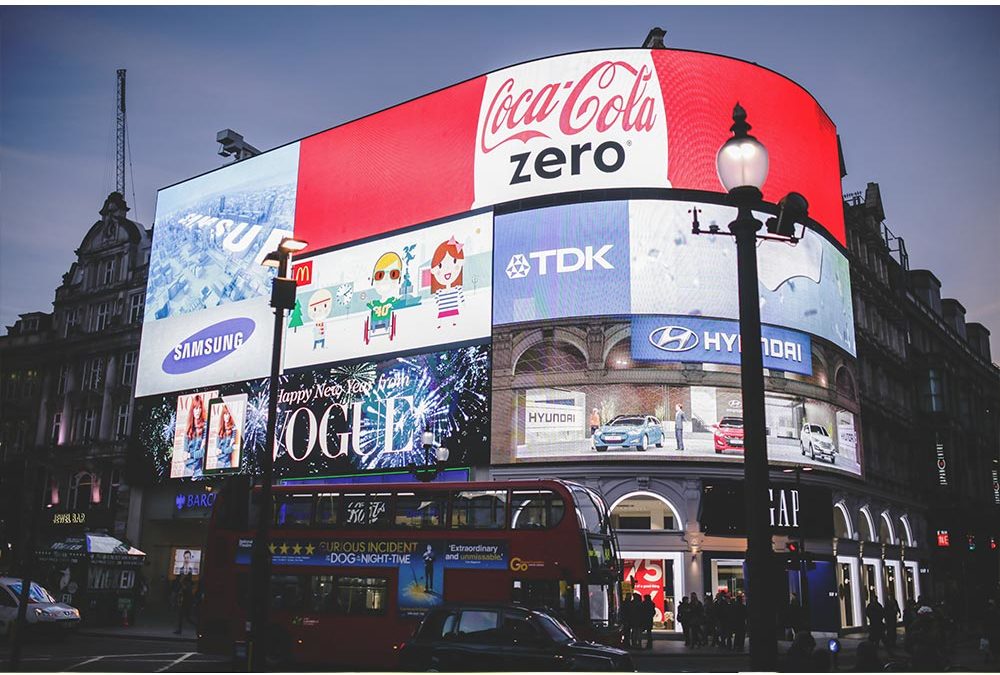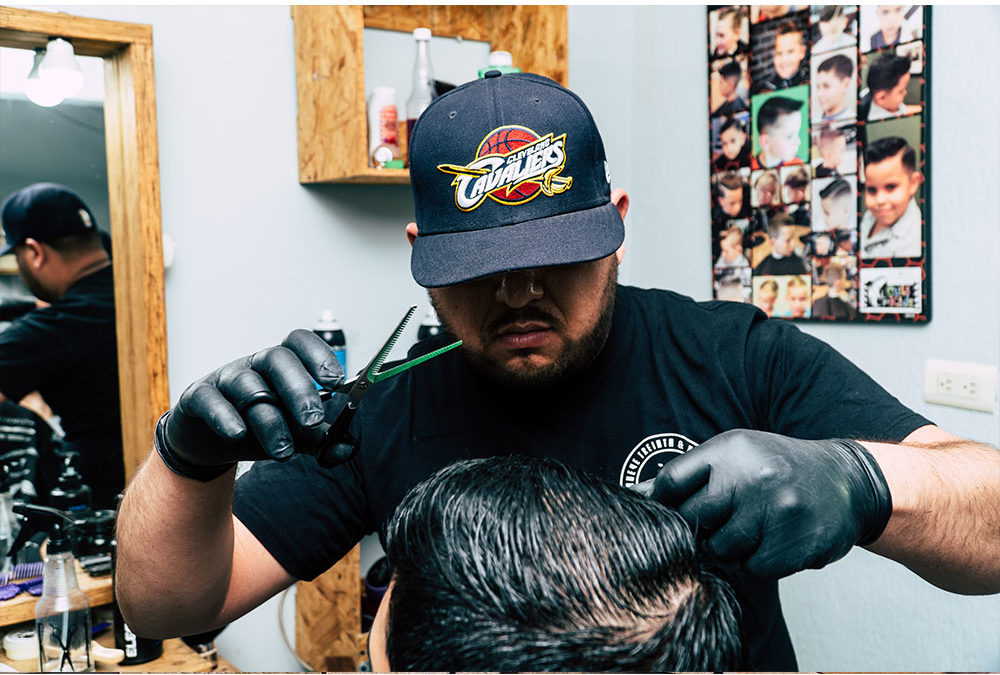
Mar 14, 2013 | Advertising How-To, Direct Response Advertising
If you want to know the formula for successful Direct Response creative, here you go.
- Identify the problem: “Do you want to get high school skinny?” “Are creditors hounding you for collection?” “Do you need a second income?” Help the target customer know exactly who you are speaking to, and get their attention by grabbing them where they want a change, improvement or need a solution.
- Communicate and demonstrate the solution: “Now you can get high school skinny in 12 days.” “We help stop the creditors from calling.” “You will make more money than you imagined.” The next step is to show and tell what your product or service has to offer in simple, direct terminology.
- Establish credibility: People are smart. And they’ve been burned. So you need to be able to back up your claims. Legitimate testimonials work well. Any accreditations from third-party sources that support the benefits you are offering helps. Let the audience know they can trust you.
- Limit their risk: “Call now for a Free trial.” “You get a 100% money back guarantee plus we cover shipping.” The more you limit the consumers risk the more likely they are to try you out.
- Create a sense of urgency: You have to give your audience a reason to call or act now. That looks like… “Call or click to take advantage of our 48-hour 50% off promotion.” “This is a limited time offer.” “Supplies are limited so act now.” There are reasons you hear these familiar lines in almost every direct response offer: They get the consumer to respond.
- Give a clear call to action: Tell the consumer exactly how you want them to respond and make it easy. Show your phone number and give the website address often or keep it up during the entire length of your TV spot.
Use this formula and your spot will be successful more often. If you need help crafting your next spot and campaign, we would be honored to help.
Written by: Buddy Vaughn

Mar 11, 2013 | Advertising How-To, Digital Marketing
I found most of these on marketingprofs.com. It’s a fantastic site if you want to get the latest marketing trends. I’ve added some tips of my own. But these will get you started in the right direction if you want to improve the performance of your website or landing page.
- A concise headline: This is the #1 most important element of your landing page. It needs to get attention, be benefit-focused and bring your customer in.
- An image or video: To effectively showcase a product, you need to show how to use it. Either demonstrate the product or service in a video, or take a picture of someone using it.
- A core benefit statement: What can your product or service do for the end user? Make them look 10 years younger? Make them have more energy? Give them confidence or sex appeal? Help them save time or money? They need to know up front what’s in it for them.
- Request for contact information: Make it simple. Make it easy. But find a way to reach them and follow up if they are interested in what you have to offer.
- A strong call to action: Give the end user good, solid reasons to act now.
- Build trust: Your landing page should give solid reasons for them to trust you. Testimonials, third-party reviews and associations work here.
- Social sharing devices: Make it easy for them to share your opportunity in one click.

Mar 11, 2013 | Advertising How-To
If you want to increase your conversion rates on your web-site then compare your performance to the industry standards. Review the competition. See how you stack up. Visit the top-performing sites and analyze what you could change to perform more like the better performing sites on the web. Here are some categories to compare. From Google’s Top 5 industries (Google Search or Pay Per Click.)
- Finance: Top 5 advertisers = State Farm, Geico, Quicken Loan, Capital One & Bank of America. Avg. cost per click = $3.09. Avg. Conversion Rate for this category = 6.12%
- Travel: Top 5 advertisers = Expedia, Hotels.com, Booking.com, Priceline.com & Kayak.com. Avg. cost per click = $.029. Avg. Conversion Rate = 1.45%
- Shopping: Top 5 advertisers = Amazon.com, ebay, JCP, Walmart, Sears. Avg. cost per click= $.025. Avg. Conversion rate = 3.58%
- Jobs & Education: Top 5 advertisers = Univ. of Phoenix, Monster.com, ITT, DeVry, Kaplan University. Avg. cost per click = $1.80. Avg. Conversion rate = 6.09%
So how do you compare? What is your bounce rate? How does your conversion rates look? If you need help increasing the number of visitors to your site or improving your metrics, we would be glad to help.
Written by: Buddy Vaughn

Mar 8, 2013 | Advertising How-To, Direct Response Advertising
- “Many a small thing has been made large by the right type of advertising.” Mark Twain. Know who you want to reach. Know where to reach them. Use the words they use. Give them good reasons to connect with you. Understand your customer, why they buy, what they want and tell them how well you can meet their needs.
- “If you don’t drive your business, you will be driven out of business.” B.C. Forbes. You can’t manage what you don’t measure. You can’t achieve your marketing goals if you don’t measure. Put a goal and measurement for performance on every part of your campaign. Drive your campaign toward your goal.
- Advertising that generates results communicates clearly what’s in it for the consumer. Like Samuel Johnson says, “Promise, large promise, is the soul of advertisement.” Make a promise that makes people want to do business with you.
- “Great things are not done by impulse, but a series of small things brought together.” Vincent Van Gough. Details matter. You have to know what is broken in your campaign to fix it. To have a successful ad campaign you need four things. A.) You need to reach the right audience. Make sure you are talking to your customer base. B.) You need a well-crafted message. Many a campaign has failed because the audience is clueless as to what is being advertised and what’s in it for them. C.) The right frequency. Make sure your ad agency or you understand the strengths and weakness of every medium. D.) Don’t pay too much. Most people run out of budget before they see results because they paid too much for the ads. A professional media buyer/ad agency can save you a ton of time and money.
Written by: Buddy Vaughn

Mar 8, 2013 | Advertising How-To, Direct Response Advertising
In over 20 years of managing advertising campaigns, it never ceases to amaze me how crazy the reasoning behind buying certain advertising packages are.
Here are some tips on how to avoid being taken advantage of:
#1.) Don’t buy a schedule that a media rep is selling. Buy what you need.
When I worked in media sales, I found that management was always coming up with “special packages” that utilized the space or spots that were not being sold and packaging the spots with more desirable space in order to get rid of the underperforming inventory.
This typically was never in the clients’ best interest. And I would never sell them. Because it was the ad space no smart buyers wanted. But they would always have cool names to make the advertiser want to buy. “March Madness Million Spot Package,” “Holiday Special,” “The One Day Sale.” Be careful of these packages. They look good on paper. But most often times, they are not worth the paper (or email) they are printed on.
#2.) Put your ads where your customers are–not where you want to see them.
“I’m paying for the spots so I want to see them.” “I like this show, so can we put my spots there?” “My wife loves this program…how about we place some of our ads there?” If you don’t make up the majority of your target customer base then it’s quite possible you are digesting media in a different way. Be careful to limit your ad dollar waste by placing your message before your core customer base. You will get a better return on investment.
#3.) Determine your desired outcome before you start. If you know the goal you have in mind before you start your campaign, then you’ll know if you achieved it or not. It’s even more effective to have the media outlets on board helping you achieve your goal. Don’t let someone just sell you spots, space, clicks or impressions. You will lose every time. Go into your campaign knowing what you want out of it. Number of visits to your site, number of calls, leads, responses, foot traffic… These are the targets you’ll want to know before your spend a penny.





